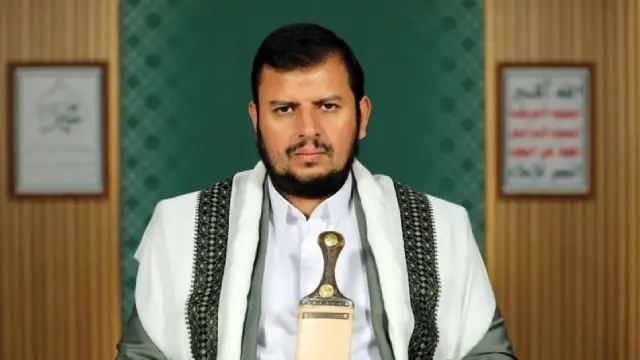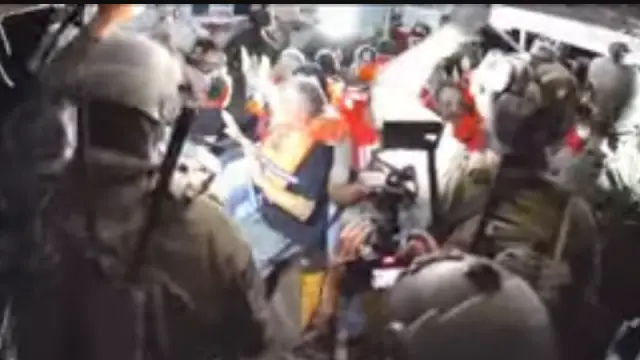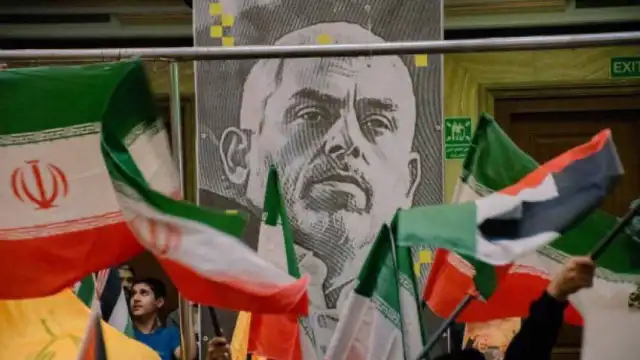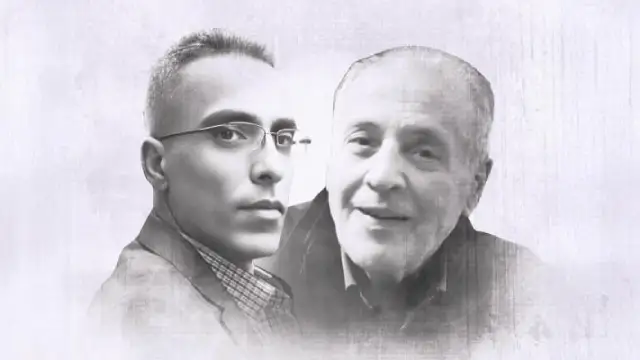Palestinian resistance group Hamas has made a shrewd diplomatic move. The militant group approached the US with an offer to release Edan Alexander, an American-Israeli soldier captured on October 7th 2023. This Hamas-US negotiation has revealed new possibilities in the Palestinian resistance strategy. The deal, struck without Israeli involvement, demonstrates unexpected diplomatic agility from Hamas. With Mr Alexander handed over to the International Red Cross, Hamas walked the talk, and it’s to be seen what Israel does now.
Edan Alexander’s release and Hamas’s conditions
On Monday, May 12th, Abu Obeida, spokesman for the Martyr Izz El-Din Al-Qassam Brigades, announced the decision. “The Martyr Izz El-Din Al-Qassam Brigades decided to release the zionist soldier who holds American citizenship, Edan Alexander, today.”
The military wing later confirmed Mr Alexander’s release, “The Al-Qassam Brigades have just released the zionist soldier holding American citizenship, ‘Edan Alexander,’ following communications with the US administration, as part of the ongoing efforts by mediators to establish a ceasefire, open the crossings, and deliver aid and relief to our people in the Gaza Strip.”
Under the Hamas-US deal, Mr Alexander has reportedly been handed over to the International Red Cross.
US President Donald Trump confirmed the news while congratulating the family members of Mr Alexander.
Hamas presented this action as a gesture of goodwill. “This step comes after important discussions in which Hamas demonstrated a high degree of positivity and flexibility,” the organisation claimed.
The group emphasised its broader aims.
“We affirm the movement’s readiness to immediately begin negotiations aimed at reaching a comprehensive agreement for a sustainable ceasefire, the withdrawal of the occupation army, the lifting of the blockade, a prisoner exchange, and the reconstruction of the Gaza Strip,” the Al-Qassam Brigades added.
Hamas secured important concessions in exchange for releasing Alexander.
The group will deal directly with the US, bypassing Israel entirely.
Washington must also compel Tel Aviv to halt all attacks on Gaza during the release operation, including drone strikes.
According to the Hamas-US deal, Mr Alexander was to be released only when the US fulfils its conditions.
With his release, it seems like the US has ensured a halt to Israeli attacks on Gaza, at least until the young soldier is safely transported.
Hamas’s diplomatic strategy
Khalil Al-Hayya, Hamas’s leader in Gaza and head of its negotiating team, outlined the group’s approach on Sunday.
“Within the framework of the efforts exerted by our brother mediators to achieve a ceasefire, Hamas has conducted communications with the US administration over the past few days. The movement has shown a high level of positivity, and the ‘israeli’ soldier with dual American citizenship, Edan Alexander, will be released as part of the steps taken towards a ceasefire, open crossings, and allow aid and relief to reach our people in the Gaza Strip,” Al-Hayya said.
“The Hamas movement affirms its readiness to immediately begin intensive negotiations and make serious efforts to reach a final agreement to end the war, exchange prisoners as mutually agreed upon, and manage the Gaza Strip by an independent, professional body, ensuring sustained calm and stability for many years, alongside reconstruction and ending the siege,” he added.
“The Hamas movement appreciates the diligent efforts exerted by our brother mediators in the sister countries of Qatar and the Arab Republic of Egypt, as well as our brothers in Turkey throughout the past phase,” the Hamas leader said, highlighting the role of the facilitators.
This direct Hamas-US deal on Mr Alexander’s release marks a significant shift. Hamas has effectively sidelined the Israeli government from negotiations over a hostage its forces captured.
The move represents a sophisticated understanding of American political pressure points.
With Mr Trump, an ardent Israel fan, succumbing to Hamas’s pressure, it shows the organisation has ensured Mr Alexander’s plight causes severe pressure on the US administration.
Previous concerns about Edan Alexander’s fate
Before the Hamas-US deal, the Al-Qassam Brigades had previously raised concerns about Mr Alexander’s welfare. In April, the military wing claimed they had lost contact with the team guarding him.
This disconnect resulted from intense Israeli bombing campaigns in Gaza. Hamas blamed Israel for any harm that might befall the prisoner.
The group also released videos featuring Mr Alexander.
In these recordings, he expressed frustration over the Israeli government’s apparent indifference to his plight. He voiced doubts about returning home alive.
These earlier communications created public pressure.
They showed Mr Alexander as a vulnerable individual rather than merely a political bargaining chip.
This strategic approach helped Hamas present itself as a reasonable negotiator compared to Israel’s military aggression.
Broader implications of the Hamas-US deal
Jihad Taha, a Hamas spokesman, clarified the group’s objectives to Al-Jazeera.
“The release of soldier Alexander aims to stop the aggression on Gaza, bring in aid, and launch comprehensive deal negotiations. We expect an American announcement regarding the launch of comprehensive negotiations leading to a ceasefire,” Mr Taha said.
He added specific expectations, saying, “We demand that the American side pressure ‘israel’ and oblige it to adhere to what it agreed upon with Hamas.”
Taha emphasised the broader humanitarian goal. “We aim to reach an agreement that stops the war and ends the suffering of our people in Gaza,” he said, echoing Hamas’s political objectives.
The Hamas-US deal stands in contrast to positions taken by other resistance groups.
Just a day earlier, the Palestinian Islamic Jihad set firm boundaries for further hostage releases. Mohammed Al-Hindi, the group’s Deputy Secretary-General, stated their position clearly.
“The Palestinian resistance will not release any more prisoners held in Gaza unless America forces ‘israel’ to cease fire. The resistance will not release the zionist captives unless the aggression stops, a complete withdrawal, the war ends. The resistance prefers to implement an all-for-all prisoner exchange deal but is also open to a phased implementation formula for a comprehensive and clear agreement,” he said in a statement.
Questions remain about American commitments
The Hamas-US deal involving Mr Alexander raises important questions.
Will Washington follow through on implied promises to halt Israel’s military campaign in the long run?
The Trump administration’s willingness to negotiate directly with Hamas suggests a potential policy shift. However, American financial and military support for Israel continues unabated.
The coming days will reveal much. Hamas has demonstrated unexpected diplomatic dexterity.
Israel appears increasingly isolated. Even its staunchest ally has now negotiated independently with a group it officially designates as a “terrorist”.
For Palestinians in Gaza, the critical issues remain unchanged.
Will this Hamas-US breakthrough over Mr Alexander lead to meaningful relief?
Or will Washington continue funding what many international observers describe as collective punishment?
Mr Alexander’s release represents a tactical victory for Hamas. Whether it translates into strategic gains for Palestinians remains uncertain.
Join our channels on Telegram and WhatsApp to receive geopolitical updates, videos and more.







